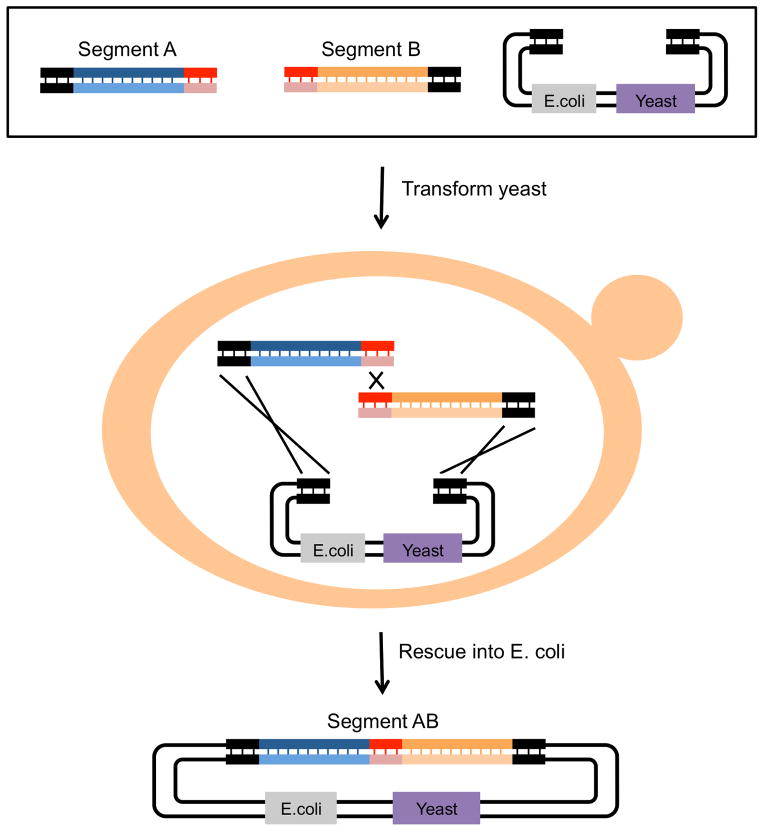Figure 9. Multiple segment assembly in vivo by yeast homologous recombination.
In this example, the highly efficient HR system of the yeast Saccharomyces cerevisiae is used to assemble two insert segments into a linearized plasmid vector. The “shuttle vector” contains all the necessary elements for selection and propagation in both S. cerevisiae and E. coli. As for Gibson assembly, each starting insert segment is generated by PCR with primers that contain 35bp of sequence overlap, here, homology with the vector (dark ends) and with one another (light ends). The starting segments are transformed into competent S. cerevisiae and plated on selective medium. After 48 hours, the assembled plasmid is purified from yeast and transformed into competent E. coli for propagation. The new insert segment AB consists of both starting segments seamlessly joined together.

